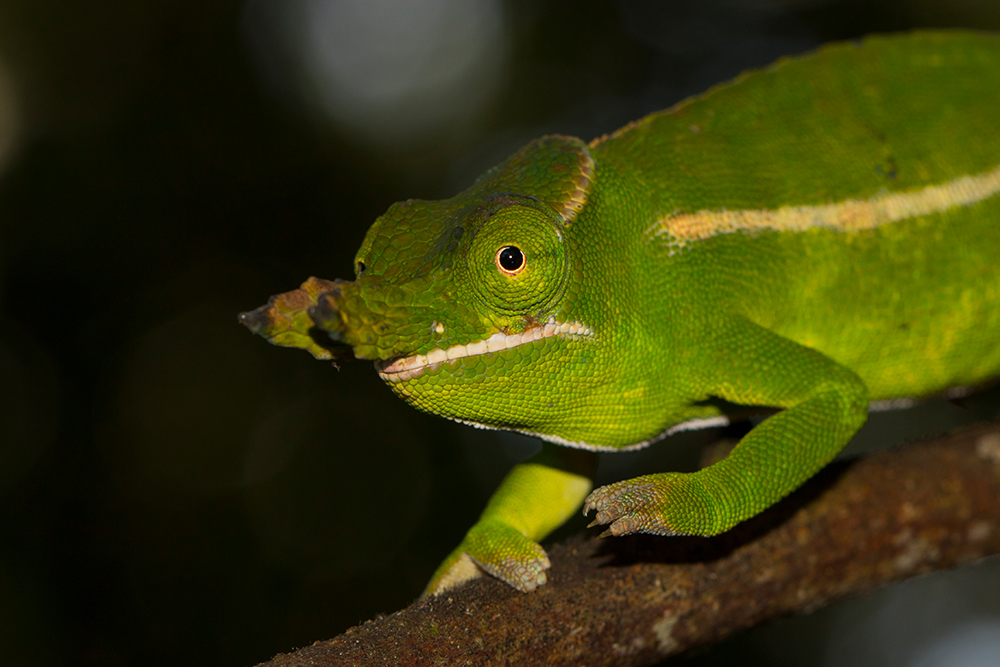Over the last hundred years, humans have reduced Ethiopia’s forest cover from around 40% to just 2.36%. Despite this, little is still known about the country’s herpetological fauna in some places. Scientists from Egypt, the USA and Ethiopia recently carried out a survey study in a national park.
Necisar National Park is located in south-west Ethiopia on the line of the Great Rift Valley, more than 500 kilometres south of the capital Addis Ababa. Necisar covers an area of 514 square kilometres, bordered to the north and south by two lakes, to the east by the Amarao Mountains and to the west by the town of Arbaminch. Nechisar is very hot all year round with very little rainfall.
A total of two expeditions were carried out during the rainy season and two during the dry season. Transects with a total length of 290 km and a width of nine metres were covered, 230 km of which were in grassland and stony terrain, 60 km in the forest and along the lakeshore. In addition to manual searches with the naked eye, small pitfall traps and cover plates were used.
A total of 34 species of reptiles were found, including Chamaeleo gracilis. The species was discovered twice. Both chameleons were found near different rivers, one in the scrubland and one in the forest.
Survey of reptiles in Nechisar National Park, Southern Ethiopia
Samy A. Saber, Fikirte Gebresenbet, Afework Bekele, Eman N. Salama
Russian Journal of Herpetology 31(5): 291-301
DOI: 10.30906/1026-2296-2024-31-5-293-301






